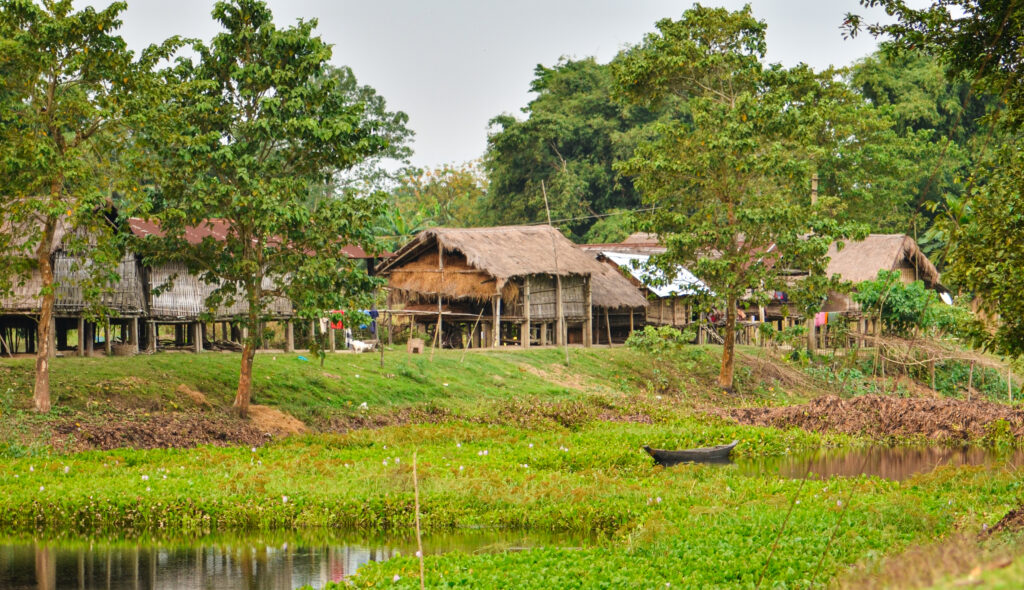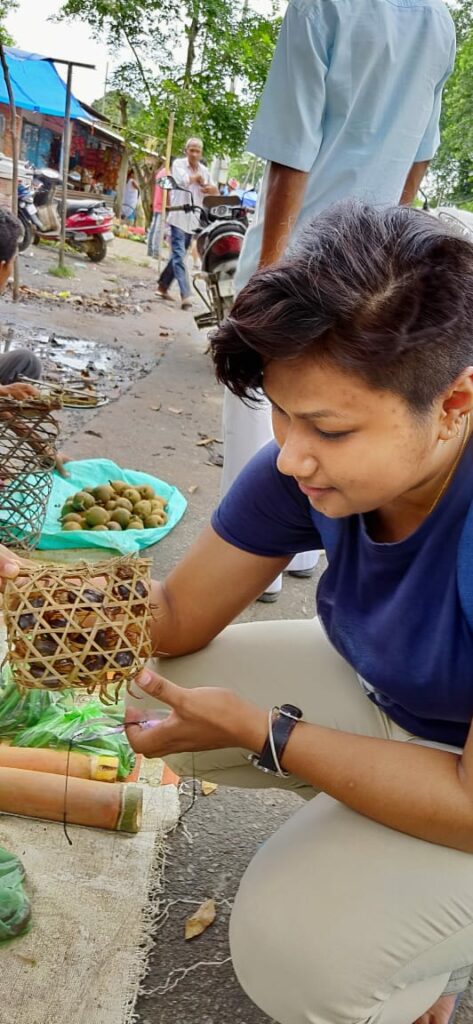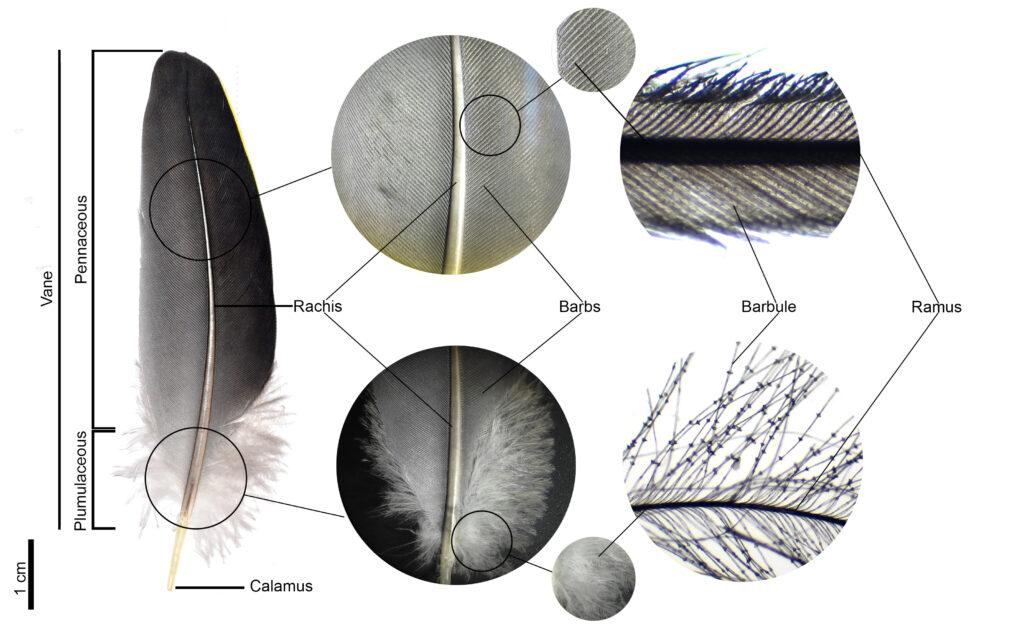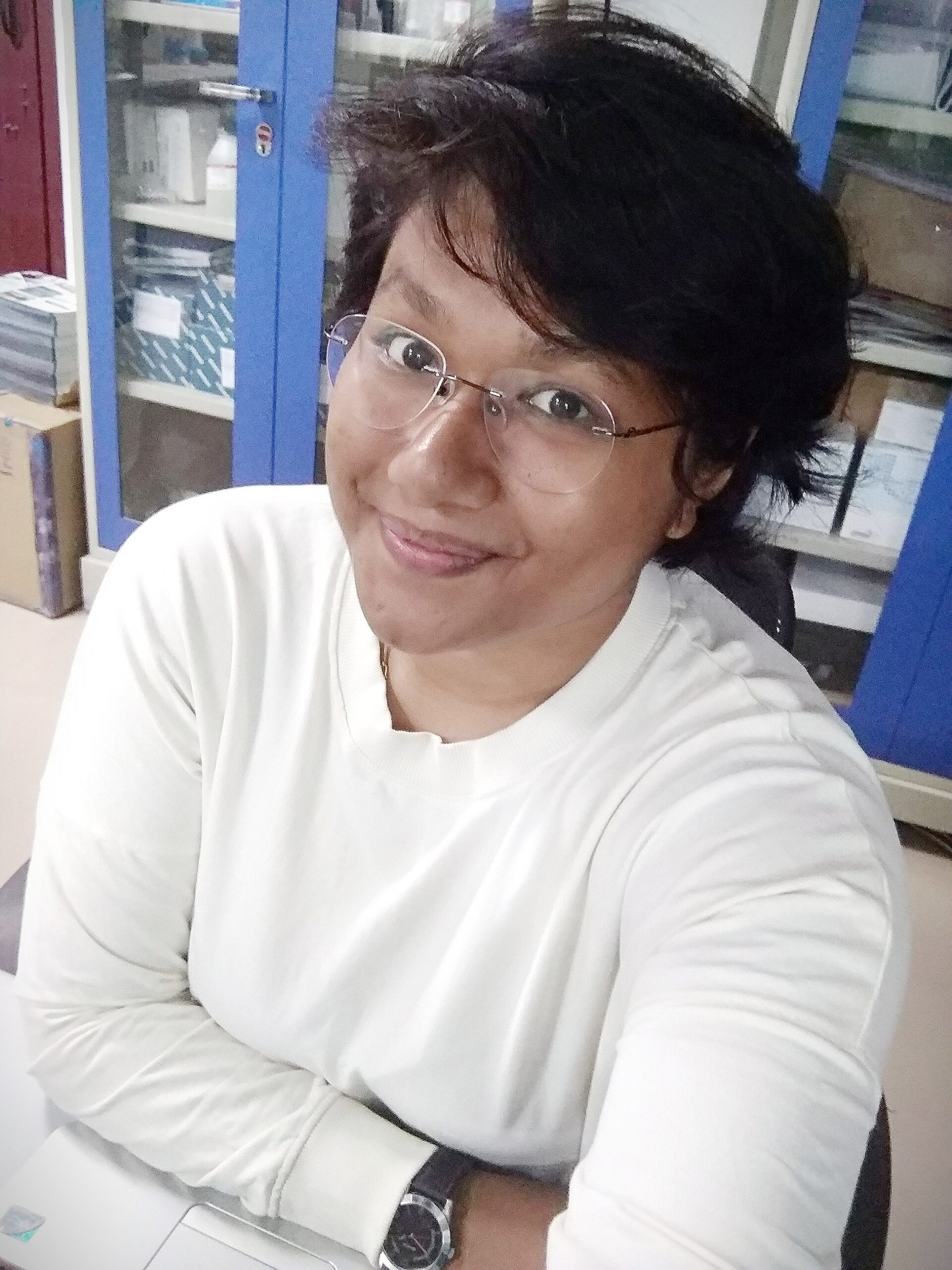Sometimes, words alone fall short of conveying the true significance of a story when you are deeply immersed in it. Which of my field experiences has not enriched my life? Traveling between districts, enduring monsoon rains while conducting market surveys across Assam in search of illegally traded bird species, and feeling disheartened by encounters with road-killed birds—these experiences have been both challenging and poignant. Obstacles, harsh weather conditions, travelling throughout the state from remote to urban places or shall I tell you more about the love and support that I have received from onlookers – “What are you doing?”, “Why are you taking photos of the dead bird?”, “Are you going to eat it?” were the usual curious questions to which were asked to me most frequently during the fieldwork days of my doctoral study. Being a field researcher, collecting data on illegal trade and roadkills of birds, especially in an unknown locality often sparked people’s curiosity about my work. They wanted to know who, where, why and what I was doing…!! However, once they got a clear picture of my intentions, they most often shared their experiences about birds with me. Interacting with people and getting to know more about birds, their behaviour and current conservation threats through the eyes of these people are the best memories from my fieldwork days.
This is how my love and interest in nature took shape..
I have grown up closely with nature, and it has always fascinated me. My grandfather had the habit of going for a daily morning walk on the bank of the nearby river, and as a child, I always accompanied him. He used to tell me folk stories related to birds and other animals, and that’s how the seed of curiosity, to know more about the animals around me, was planted. My parents have had a huge impact on my passion for wildlife and my choice to pursue it as a career. Every birthday until now, they have given me wildlife books, beginning with translated versions of Jim Corbett’s remarkable works on tigers and extending to other wildlife conservation books based on factual information. Their immeasurable support and inspiration led me to explore wildlife in greater depth.
 Brahmaputra floodplain- A native tribal village.
Brahmaputra floodplain- A native tribal village.
In the year 2012, I pursued my post-graduation in Animal Ecology and Wildlife Biology at Gauhati University, during which I learned to study wildlife with a scientific perspective and received the appropriate platform to scientifically explore different conservation aspects. Each semester, we worked on individual projects focused on selected taxa, which significantly enhanced our skills. Since completing my post-graduation, I have volunteered in various ongoing conservation projects such as Pygmy Hog Conservation Programme, which is a long-term collaborative project of Durrell Wildlife Conservation Trust, IUCN/SSC Wild Pig Specialist Group, Forest Department – Govt. of Assam, and Aaranyak and the Ministry of Environment, Forest & Climate Changes – Govt. of India. I have also worked with the National Tiger Conservation Authority (NTCA), Guwahati in Tiger Population Monitoring (Phase-IV, 2016) at Orang National Park, Assam.
In 2017, I joined to the project titled “Establishment of Avian Forensic Laboratory at SACON for National Certification to Prevent Illegal Trafficking of Birds” at the Sálim Ali Centre for Ornithology and Natural History (SACON), which later led to the choice of my doctoral research area. While working on this project, I was trained in using different tools and techniques for wildlife forensics and species identification. Additionally, I began exploring major conservation threats to birds, including illegal trading, hunting, and poaching. SACON provided me with the opportunity to excel in wildlife conservation by surrounding me with experts in the field.
Under the supervision of Dr. Ram Pratap Singh, I embarked on my doctoral journey at Bharathiar University, Coimbatore to study the illegally traded avian species and people’s perceptions towards the illegal trade in Assam, and to develop forensic tools for identifying traded bird species. Studying illegal bird trade in Assam was quite challenging, as much of the information remains covert due to various factors. All of the field assistants were really helpful in terms of accessing remote locations despite harsh weather conditions. Without their assistance and support, our study would not have been completed successfully. Our study provided crucial insights into the current bird trade situation in Assam, including the various trapping methods used and the reasons behind the bird trade.
 Me inspecting goods in a local market in Assam.
Me inspecting goods in a local market in Assam.
Another objective of my doctoral study was the Plumology of Indian birds. Plumology is the “the study of feathers” which is a neglected branch of ornithology. Very few systematic studies have been conducted on feathers of Indian birds. This is where I started to learn about birds through their morphology, especially the microstructural features present on different types of feathers. Each type of feather of every bird has a different microstructure! Today, a few systematic studies have been conducted on the feather microstructures of Indian birds and it holds significant potential for future research in terms of wildlife forensic. The diverse objectives I selected for my doctoral research provided me with a broad range of experiences in various aspects of wildlife conservation. My experiences in both field and laboratory research have substantially enhanced my confidence in these research settings. Choosing illegal bird trade as a focus for my doctoral research was both thrilling and formative and has significantly shaped who I am today.
 Topographical illustration of different feather parts of Rock Pigeon (Columba livia) ©Ray et al., 2024.
Topographical illustration of different feather parts of Rock Pigeon (Columba livia) ©Ray et al., 2024.
Currently, I am working on the wetlands of Puducherry Union Territory, with a primary focus on analysing hydrological conditions of wetlands, environmental factors, assessing the existing biodiversity especially bird species, identifying conservation threats in natural habitats and preparing health cards and management plans for the wetlands. Concurrently, I am also exploring Plumology out of personal interest and collaborating with others, and continuing to contribute to this fascinating research field, while also being open to future collaborations in similar fields.
I love what I do because…
In one sentence, it would be: “Exploring the unexplored and serving as a bridge to connect young, enthusiastic minds with the vibrant scientific research field.” Whenever I get a chance to engage in a conversation with commoners, whether elderly or young, they are always amazed by the microstructural intricacies of feathers. Specifically, how these microstructures facilitate flight and support other functions of feathers throughout a bird’s life holds great interest. When people learn about feathers and understand their true nature and the variations in microstructure-based functionality, it sparks curiosity, which leads them to seek more information about birds and feathers. This serves as another avenue to connect people with nature, and provides them with a deeper understanding of birds. The microstructures of each feather type in different species tell a unique story, and I find great joy in exploring them, as it aligns with my passion for learning about the minutiae of the natural world.
Challenges I have faced..
Studies on illegal trade and feather microstructure remain largely unexplored in India. Both these research areas present unique challenges and obstacles. In India, funding and conducting fieldwork poses significant challenges due to the diverse landscapes of the country. Accessing remote areas to conduct surveys is a major obstacle in field research on illegal bird trade. Despite the significant impact on forensic science, it is sad to say that there is still a perception within the scientific community that Plumology is not a valuable taxonomic tool. Obtaining sufficient biological resources with the necessary permissions to conduct systematic studies is itself a significant challenge in the field of Plumology.
My advice for young researchers is..
I am not an expert, however, from my tiny experiences collected over the past years of exploring different fields of conservation biology, I would like to say that one should be brave and bold to accept that not everyone knows everything, but everyone knows something. Persist in your efforts to sharpen your skills. At the same time, you should not restrict yourself from embracing new technologies, especially new methodologies. Explore everything and strive for the best experience. Focus on three points- communication (there is no shame/harm asking for help), stay versatile (people may say that you are off track, but once you have committed to something, you cannot be lost forever), stay open to criticism (not all critics seek refined feedback; identify those who do and ignore the rest). Professional collaborative relationships consistently enhance the outcomes of scientific research, and it is therefore crucial to cultivate such connections.
Dr. Swapna Devi Ray
[email protected]
Research Associate,
Wetland Ecology Division, SACON
ResearchGate profile
Orcid id

